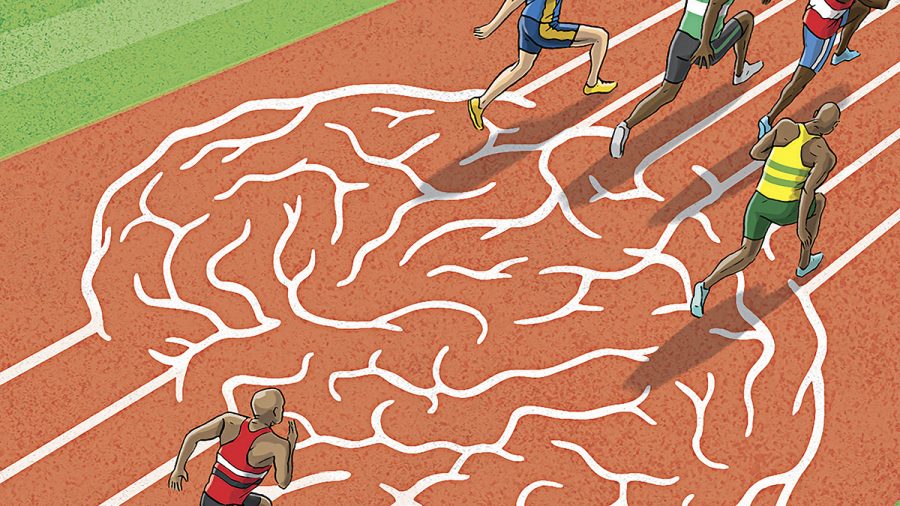Five tips from Dr. Lindsay Jernigan ’91
Prioritizing mental health in athletics
September 9, 2021
1. Building a foundation: It’s important for athletic departments to build a mission around developing healthy, resilient, resourced, well rounded people, rather than just around athletic outcomes and performance.
One in 16,000 high school athletes will go on to be professional athletes. If we over-focus on the achievement, the athletic experience most high school students receive ends up being irrelevant to their development as people and citizens. If sports are only about athletic success, we are missing 15,999 of our teaching opportunities. [Athletic departments] need to support student athletes in developing multi-faceted identities built on more than achievement in their sport.
2. Advancing the mission: There needs to be active teaching and coaching about the important and valuable things in sports that aren’t about the achievement.
Things like sportsmanship, physical wellness, teamwork. It’s one thing to say on paper, “This is our mission; we believe in developing the whole person,” but if the coaches aren’t speaking to that, the whole mission gets lost in the daily practice of the sport.
3. Stress management: Make stress management skills a part of the athletic curriculum.
Student athletes are under stress because of both academic and athletic expectations. The stress level is really high without a lot of free time, especially at a place that’s academically rigorous like BB&N. Stress management skills include things like teaching healthy sleep habits, nutrition not just for performance’s sake but for overall wellness, time management, and mindfulness. Ironically, one of the best ways to manage the adrenaline and cortisol that come from stress is through exercise. Student athletes have easy access to exercise, but many of them don’t think of exercise as something they’re doing to release stress; they think of exercise as something they’re having to do for achievement, which can actually build stress. Learning about how to use exercise to clear the body of stress would be a great skill to add into the athletic curriculum.
4. Destigmatize mental health struggles: Coaches should talk openly with their teams about depression, anxiety, body image, and eating disorders. [The school should bring] in local athletes to talk to student athletes about mental health.
About 33% of people experience depression or anxiety. Of that group, about 30% will seek support. But if we just look at student athletes, only 10% of those reporting struggles will seek support. There’s a superhero expectation in athletic communities, an expectation to be “strong” and not show any weakness. These values are contrary to people being able to acknowledge and address their mental health struggles.
5. Promote flow: We want to promote flow, or getting into a mental, emotional, and physical groove, by bringing athletes’ focus to the process instead of the outcome.
Stress gets in the way of flow, and external achievement-based outcomes get in the way of flow. Flow is enhanced when athletes are encouraged to develop intrinsic goals, are taught to have a growth mindset, and are encouraged to take risks and try new things without fear of failure. The irony is that flow promotes mental health and athletic achievement. It’s not about wellness versus achievement. When we promote overall wellness, achievement actually flows well from there, and it flows in healthy ways. The game changer here is to break out of the old mindset that pits mental health against achievement, as if we have to choose one or the other. The goal should be integrated, holistic wellness; optimal performance will naturally follow.


